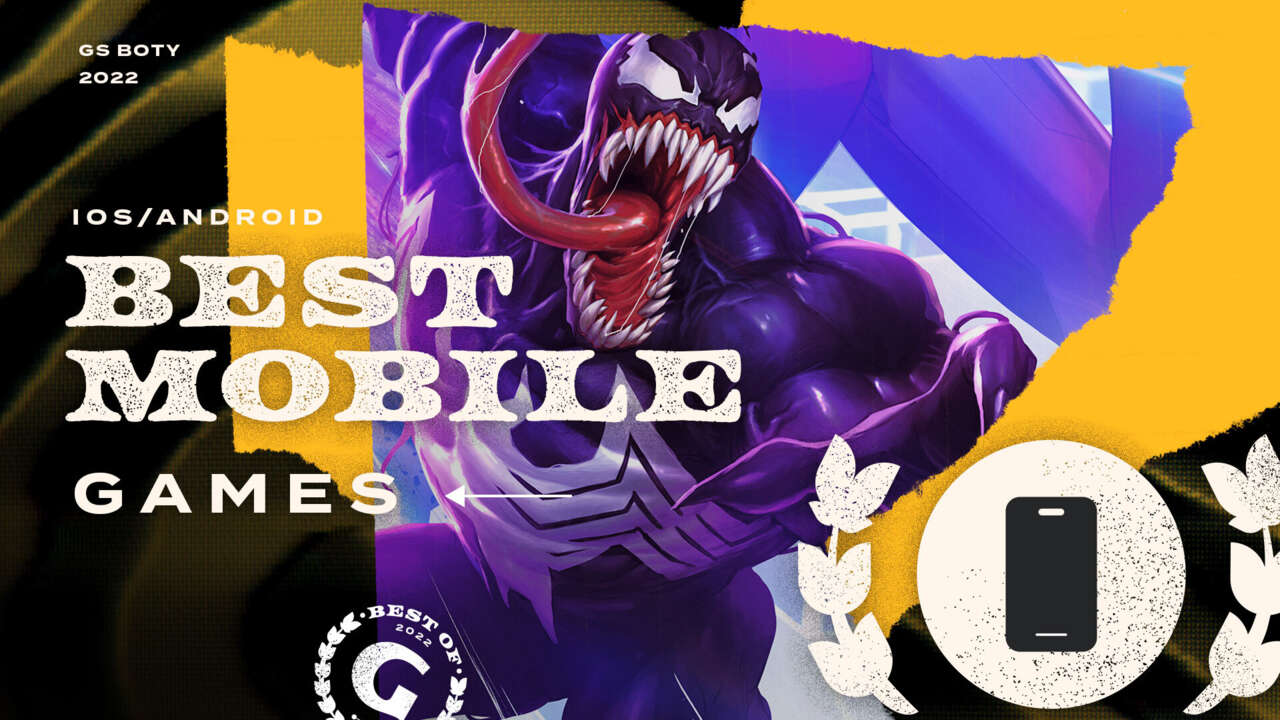PlayStation VR2 Should Make It Easier for Developers to Port Their Games
In a new talk about the headset, Sony’s revealed that PlayStation VR2 has been designed to make it easier for developers to create VR versions of PS5 games, as well as port games to PSVR 2 from other VR platforms.
Speaking during a CEDEC 2022 event, Sony Interactive Entertainment’s Yasuo Takahashi and Kenjo Akiyama talked about the hardware’s features, from its base specs to its new controllers, to its new user experience, including a “see through” mode. Much of this covered already-announced information, but the talk also included new details about developing for the headset ahead of its early 2023 release.
The broad strokes are that it should be easier for developers to port their games on PSVR, whether that’s from existing PS5 development, or other VR systems. PSVR 2 game development uses the same SDK used to develop PS5 games. Through this close linkage to the PS5 SDK, it should be easy to create titles that support the PSVR 2.
The PSVR2’s production environment also supports games created with Unity and Unreal Engine. With a standardized controller interface and button placement similar to other VR platforms, it should be far simpler than before for developed games to support the PSVR 2.
The talk also covered a number of other features designed to make developers’ lives easier when working with the headset. One feature that developers will appreciate is its GPU’s Flexible Scale Rasterization (FSR), which combines PSVR 2’s tracking cameras and foveated rendering to freely alter pixel density based on where the player is looking, further optimizing rendering.
A number of sample programs are provided in the development environment for the headset’s force feedback that vibrates according to what’s seen or heard, allowing developers to test out sample vibrations based on gunshots, footsteps, jumps, and more.
Development environment tools were also introduced during the session. VR Trace allows developers to diagnose issues with their applications through capture and replay. Not only can it automatically detect and highlight problems, it can replace eye and tracking results with dummy data so that VR game development is possible without needing a connected VR headset.
Another tool, PlayStation VR2 Comfort Sample, lets developers learn about the various problems in implementation that can occur when developing VR games. For example, it allows developers to experience for themselves issues that can occur with an in-game horizon not matching the real world’s, or comfort issues created by an incorrect FOV. It even contains quizzes that allow developers to learn about these bugs in a fun way. From a quiz where you need to identify issues occurring on a screen to a quiz where you need to identify what bugs are causing a problem, the tool is seemingly full of ways to teach developers about the unique issues that can occur in VR in an easily understood way.
The overall message appears to be that, while the tech has become more advanced in this second-generation headset, developing for it has become simpler. If that’s true, we’d hope to see more games – both original and ported – on PSVR this time around.
We don’t know a huge number of games coming for PSVR 2 just yet, but we know there will be a Horizon spin-off called Call of the Mountain, as well as VR versions of Resident Evil Village, No Man’s Sky, and Ghostbusters VR.
This article is based on an IGN Japan report by Ryohei Ueda. Translation by Ko Ransom, editing by Joe Skrebels.
Check out our Latest News and Follow us at Facebook
Original Source







